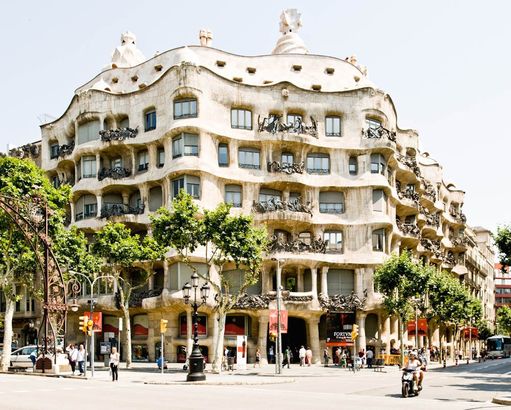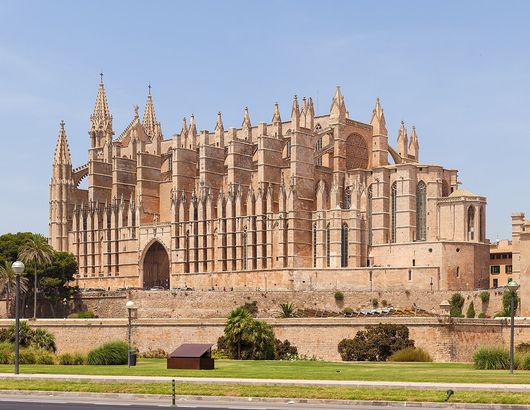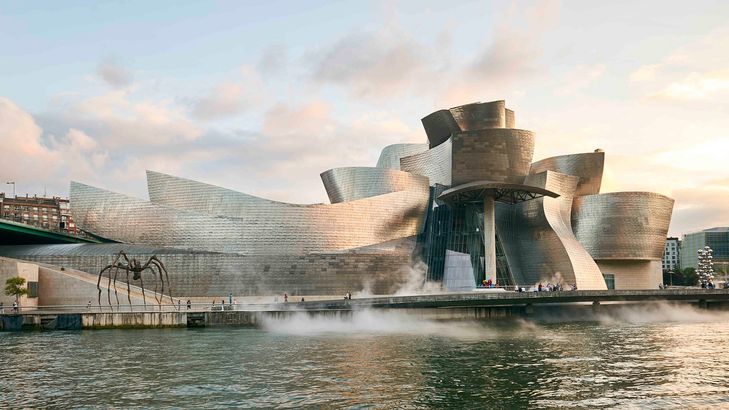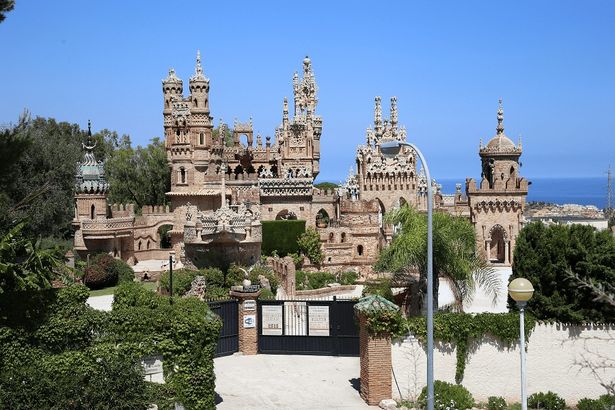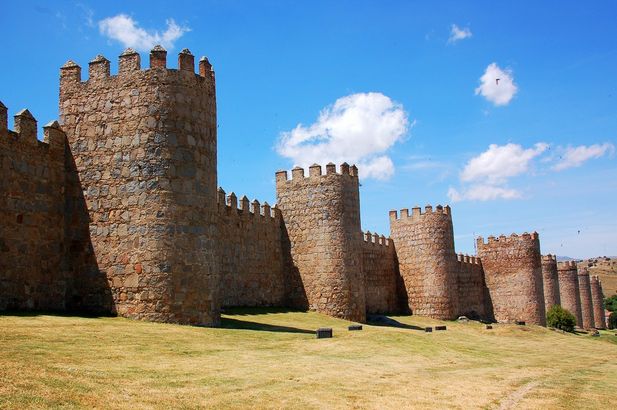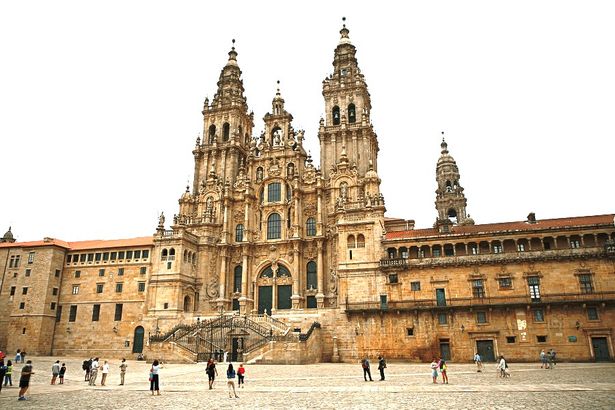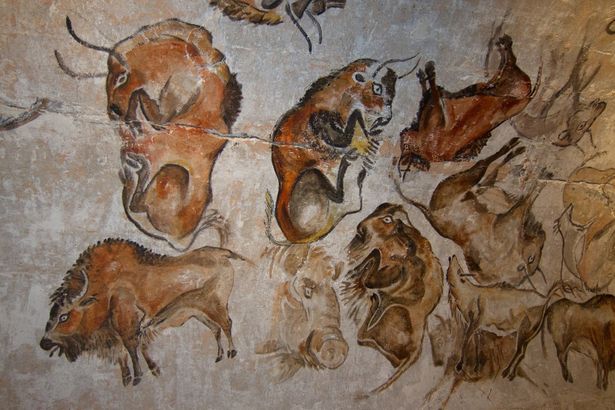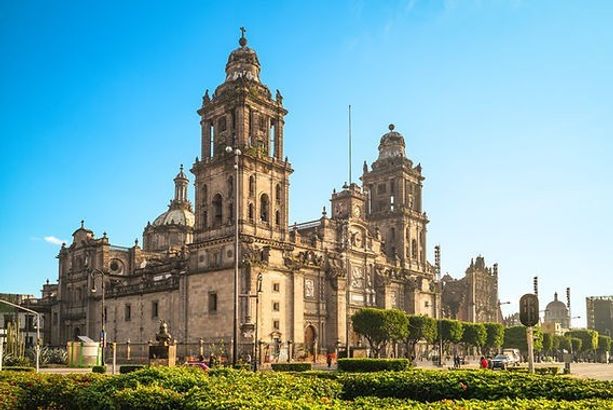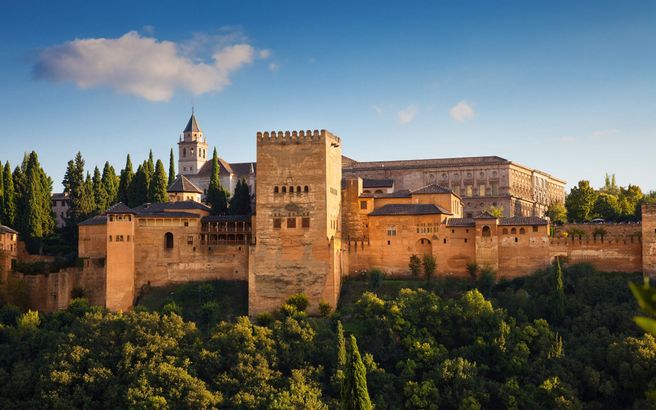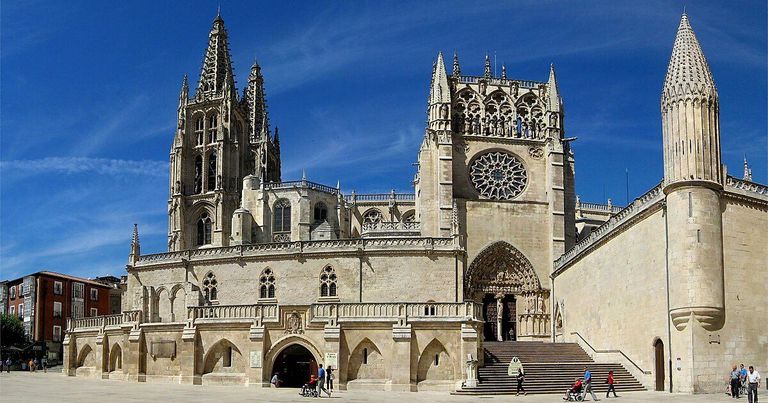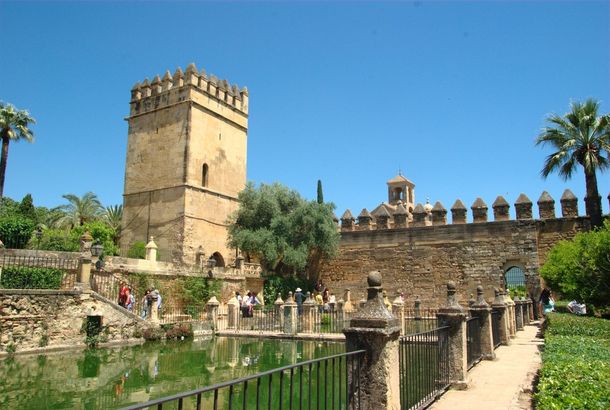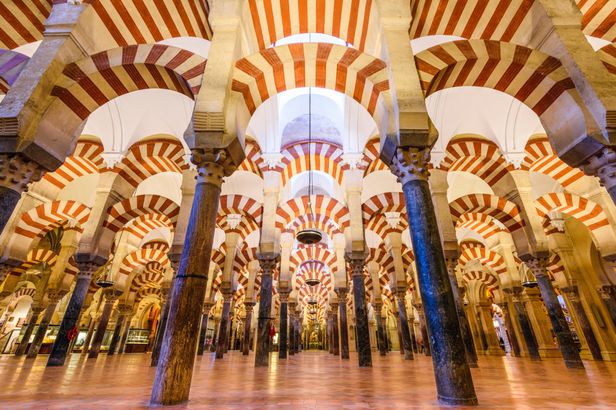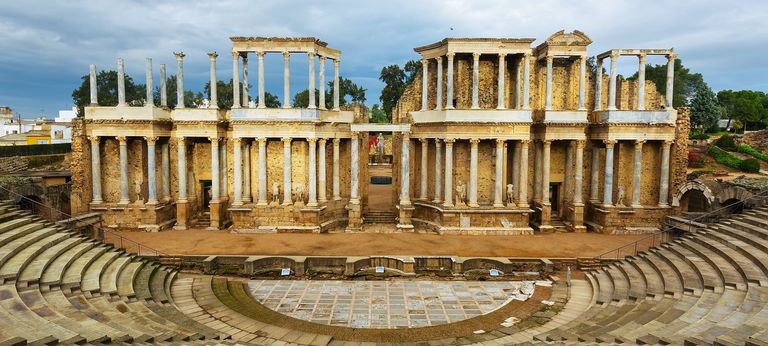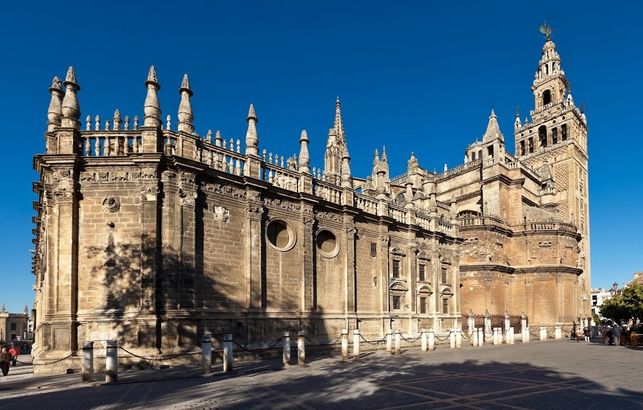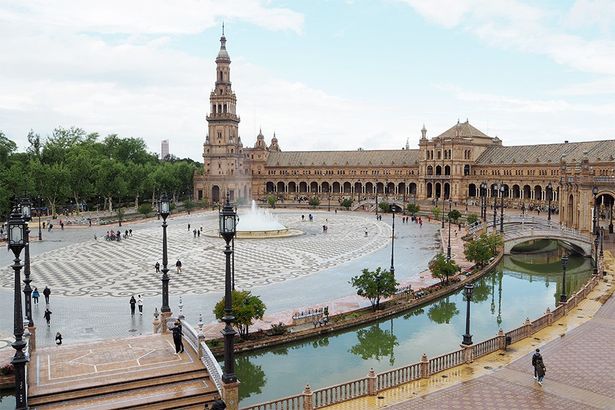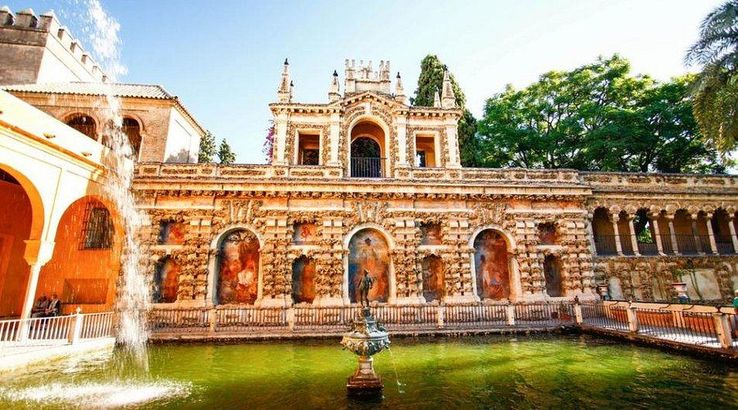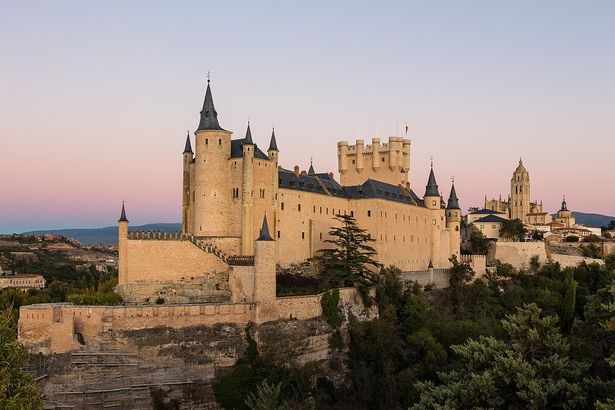Two architectural masterpieces by Gaudi, located on either side of Passeig de Gracia. They are outstanding examples of modernist architecture from the early 20th century. Casa Batlló was built in 1906. The building looks like a fantasy world, full of symbols and details inspired by nature. The interior of Casa Batlló continues the theme of nature. The wall is decorated with flowing lines, ornaments and ceilings in the shape of sea shells.
The island of Tenerife, famous for its volcanic activity, was created as the Teide National Park in 1954. The desert landscape gives the impression of a plight of flora and fauna on the island, but this is far from true. There are several endemic animals, including the unique South Tenerife lizard, which has an unusual blue color.
La Seu Cathedral was conceived by King Jaime I of Aragon as a royal burial place. Although the monarch himself is not buried there, the remains of his son, Jaime II, have been inside the temple for many years. On February 2 and November 11, an unusual phenomenon can be observed here, when sunlight passes through a rosette, as a result of which the image projected on the wall creates a double rosette.
According to the idea of the project creator Frank Henry, the building is an abstract projection of a futuristic spaceship, but everyone sees something different here: an airplane, a bird, a flower, sea waves. The museum regularly hosts thematic exhibitions, and among the permanent ones there are many installations from the last century, which are much more numerous than paintings.
The City of Arts and Sciences is one of the best examples of modern architecture, which is why it regularly appears on lists of the best high-tech buildings in the world. The complex is divided into 5 buildings, inside which everyone will find entertainment to their taste. The City of Arts and Sciences has a theater stage, a cinema, a planetarium, a gallery, a garden, a science museum, an oceanographic park, sports and concert venues, swimming pools, bars and cafes.
Castillo de Colomares is a monument in the form of a castle dedicated to the life and adventures of Christopher Columbus. The building is the work of Esteban Martin and combines influences from various architectural styles such as neo-Byzantine, neo-Romanesque, neo-Gothic and neo-Mudejar. The materials used are brick, stone and cement. The interior has stained glass windows.
The mighty fortress walls in the old city of Avila have stood motionless for over 900 years. Not only local residents but also famous Moorish architects were involved in the construction. The work took 9 years, and the result was a high 12-meter wall stretching for 2.5 km. The walls of Avila are the best preserved of their "brothers", and in size they are second only to the Great Wall of China.
Each of the four facades of the cathedral is strikingly different from the neighboring ones, and the reason for this is the multiple reconstructions undertaken in the 16th-18th centuries. The cathedral is famous not only for the relics of St. James, but also for the largest censer in the world: it weighs 80 kilograms, and is comparable in size to an adult person. To fill such a vessel, 40 kg of coal and the same amount of incense are needed.
One of the most famous caves in the world with rock paintings from the Paleolithic era is located in the north of Spain, 30 km from the city of Santander. Altamira is the name of the cave, which was discovered by a Spanish amateur archaeologist at the end of the 19th century. Since 1985, the cave with its truly artistic paintings inside has been included in the UNESCO World Heritage List.
The Cathedral of Saint Mary is an architectural monument of great cultural and religious significance for the entire state, and is also one of the largest cathedral complexes in Europe. The building is significant in size, combining typical Gothic features with elements of Moorish architecture. The cathedral was erected on an ancient Roman foundation, and the date of completion of construction is the 15th century.
The vast territory is occupied by a picturesque park with terraces, ponds, flower beds, alleys and orchards. This splendor is complemented by an ensemble of several palaces, with characteristic stained glass windows and many carved elements in the design. There are mosques, baths, a monastery, fortress towers and the palace of Charles V, which stands out among the entire ensemble.
In the summer of 1221, by order of Ferdinand III, construction began on a cathedral in Burgos, which was to become the main temple of the Kingdom of Castile. Construction of the Burgos Cathedral was completed in 1567, having lasted almost 350 years. Burgos Cathedral is considered one of the most beautiful Gothic churches in the world.
The Alcazar of the Christian Monarchs in Cordoba is a palace or residence of the Spanish monarchs. The unique historical monument occupies 4.1 thousand square meters, and its gardens - another 55 thousand square meters. The Alcazar was built on the site of a Moorish fortress in 1328 by order of King Alfonso XI. The building became the home of the royal families of Spain during their stay in Cordoba. Only the Main and Lion Towers remain from the original building.
Mosque-Cathedral of Córdoba, Islamic mosque in Córdoba, Spain, which was converted into a Christian cathedral in the 13th century. There are more than 500 columns and overlapping arches inside that create impossible perspectives, rooms with stunning decorations, authentic artisanal filigrees, etc.
The Theatre was constructed under the patronage of Agrippa, son-in-law of Augustus, between the years 16 and 15 BC, when the Colony was promoted as the provincial capital of Lusitania. Like the adjacent Amphitheatre building, the Theatre was built partly on the slope of a hill, something which substantially lowered the costs of its stonework.
Catedral de Sevilla, cathedral in Sevilla, Spain, that, in addition to being the world’s third-largest church, is an excellent example of Gothic and Renaissance architecture and represents some seven centuries of history.
On the territory of 140 m2 there is a whole ensemble of buildings, mostly in the neo-Moorish style. This magnificence is complemented by beautiful fountains, ponds, flower beds, verandas and a green park. Tourists scurry around the square every now and then in search of the best place for a photo, but the fact is that the Plaza de España is photogenic from any side.
On the territory of 140 m2 there is a whole ensemble of buildings, mostly in the neo-Moorish style. This magnificence is complemented by beautiful fountains, ponds, flower beds, verandas and a green park. Tourists scurry around the square every now and then in search of the best place for a photo, but the fact is that the Plaza de España is photogenic from any side.
This unique style combines Gothic and Moorish elements, creating a symbiosis of Eastern and Western culture. The Seville Palace, like the 7th century before, is the residence of the Spanish monarchs, but now only the rooms on the upper floors are used for this, while the rest is open to the public. If you have watched the series "Game of Thrones", then the Alcazar will seem familiar to you, because it played the role of a palace in the southern state of Dorne.
Alcazars are fortresses and palaces in Portugal and Spain, and the word literally translates from Arabic as "fortress". Such structures appeared with the arrival of the Moors to the territory of Spain in the 8th century. The Alcazar in Segovia dates back a century later, but the first mentions of it appeared only in 1120, so one can only guess what the fortress looked like before.
